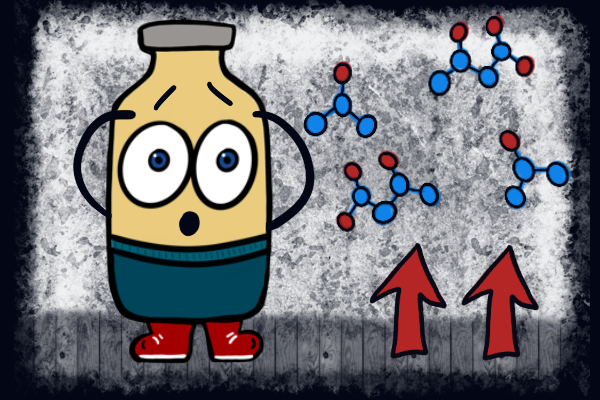High blood sugars, ketones, and diabetic ketoacidosis (DKA) are important topics for anyone managing type 1 diabetes. Let’s break them down in a way that’s easy to understand.
What Happens When Blood Sugar is High?
High blood sugar, also called hyperglycemia, occurs when there’s too much sugar in the blood. This can happen when you are sick, if you are stressed, or especially if you miss an injection of insulin. If your blood sugar is high, you should take it as an early warning sign to check for ketones.
What Are Ketones?
Ketones are acids that build up in the blood and urine when fat is used for energy. They are made when your body can’t use sugar due to a lack of insulin. High levels of ketones can be very dangerous and lead to a serious condition call diabetic ketoacidosis (DKA).
What Can Cause DKA?
Several things can lead to high ketones and DKA:
- Missed Insulin Shots: Forgetting to take insulin is the most common cause.
- Illness: When you’re sick, your body often needs more insulin to get energy from carbohydrates as it fights the infection. You also can get more resistant to insulin while sick because of your body’s response to stress.
- Not Enough Insulin: If the insulin dose is too small, ketones can increase.
- Insulin Pump Problems: If an insulin pump isn’t working properly, ketones can build up quickly.
- Spoiled Insulin: Insulin that’s been exposed to extreme temperatures (too hot or too cold) might not work well, leading to high levels of ketones.
Signs of DKA
Watch for these signs of DKA:
- Thirst and Frequent Urination: This is due to high blood sugar levels.
- Stomachache and Vomiting: These can happen when ketones are high.
- Fruity Breath: A sweet or fruity smell on the breath can be a sign of high ketones.
- Confusion or Difficulty Waking Up: These are late signs of DKA and mean you need to go to the emergency room right away.
What is Diabetic Ketoacidosis (DKA)?
DKA is a life-threatening condition that can happen when there are too many ketones in the body. These ketones are acids and if they are allowed form, eventually make your whole body acidic. DKA can cause persistent vomiting, difficulty breathing, altered mental status, loss of conscious, and even death. It’s more common in people with type 1 diabetes but can happen in type 2 diabetes too.
When to Check for Ketones
You should check for ketones in these situations:
- When you’re sick, even if you only vomit once.
- Anytime your blood sugar is over 300 mg/dL (especially first thing in the morning).
- If your insulin pump isn’t working.
- If you miss a dose of long-acting (basal) insulin.
Treating Large (High) Ketones
Here’s what to do if ketones are large (high):
- Drink Plenty of Fluids: This helps flush out ketones and prevent dehydration.
- Avoid Exercise: Exercise can increase ketone levels.
- Keep Blood Sugar Up: Make sure your blood sugar stays above 100 mg/dL so you can take enough insulin.
- Take Extra Insulin: You might need extra doses of rapid-acting insulin every two hours until ketones go down.
- Call for Help: Contact your diabetes care provider if you find moderate or large ketones or if blood ketones are above 1.0 mmol/L.
- Go to the ER: If you have trouble breathing, confusion, or persistent vomiting, go to the emergency room immediately.
By following these steps, DKA can be avoided most of the time. Always stay alert and check your blood sugar and ketone levels as instructed by your healthcare provider.
Do you know how to check for ketones? Learn the simple steps here for how to check for ketones.
